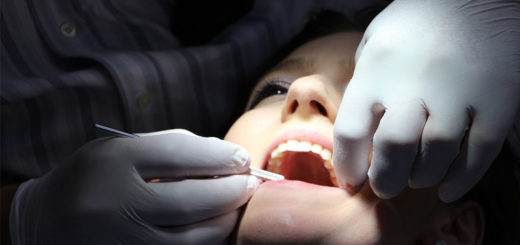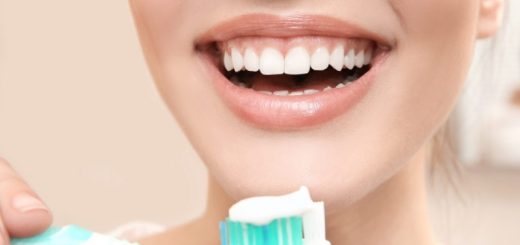How Our Teeth Change with Age
Like the rest of our bodies, our teeth change throughout our lives. They go through a lot of stress and wear due to our physiological changes, chewing every meal, and for some of us, grinding at night.
How well we take care of our teeth makes a significant impact on their condition from our first tooth to well-worn adult teeth as seniors. Regular dental visits need to be made throughout life for optimal tooth, gum, and oral health.
Some take healthy teeth for granted and run into big problems and expensive corrections that need to be made by ignoring the dentist and routine care. Take control of your dental health, make an appointment at Dentistry on 7th or with your local dental professional to form a consistent schedule.

Let’s review how our teeth and gums change with age, and what steps should be taken to ensure our teeth are healthy well into old age.
Youth
An infant’s first teeth begin to appear around age 4 to 7 months, reaching a complete set usually around three years old. These are called the primary teeth – commonly referred to as baby teeth – of which there are twenty. Even though these teeth will be lost later in childhood, it’s important to care for them with regular brushing and dental visits,
Needless to say, finding your child a dentist or adding them to your family’s plan is necessary. The first dental visit should occur within 6 months of the first tooth erupting, or when they reach the age of 1.
Children begin to lose their teeth around age 6, and the jaw also begins to reconfigure to prepare for the permanent, adult set. Most people have all their adult teeth by age 12. If these teeth are crooked or crowded, or there are problems with the bite, a dentist may recommend corrective measures like braces.
Wisdom teeth also begin appearing for teenagers. If they grow in straight or remain in the jawbone (impacted), there is usually no issue. However, into adulthood, your dentist may recommend they be removed if they cause any issues.
Adulthood and Middle Age
Good oral hygiene like brushing and flossing twice a day through teenage years and adulthood is essential for a healthy mouth. Teeth can begin to show signs of wear in the 20s and early 30s with breakage and fissures. This could be from grinding the teeth at night, chewing on too many hard foods, or switching between hot and cold foods and beverages back and forth during one meal.
Staining from food and drinks will start to show around this time. Don’t fret though, because teeth whitening is a viable option at this age. Whitening can be performed by a dentist or at home.
If cavities didn’t already start to appear during the teens, they may in the 20s – especially if there is weak enamel present or improper brushing and flossing. Not visiting the dentist regularly can also lead to tartar build-up and gum disease.
Dentists can provide fillings, crowns, root canals, and other procedures to correct these issues. If wisdom teeth are posing a problem – like putting pressure on surrounding teeth – they should be removed.
Gums can also recede and may need corrective surgery. This could be due to brushing too harshly or teeth grinding at night (bruxism). A mouth guard should be worn to help prevent the latter.
Seniors
Teeth and enamel begin to thin, and their structure will weaken into older age. The yellow layer of dentin is more visible, changing the colour even more dramatically than stains do.
Gaps between teeth can also appear at this time, and the mouth may contain several fillings and crowns by this point. Dentures might be needed for teeth that have gone beyond repair.
Teeth can stay in better shape into one’s senior years with diligence and a life of dental care, including eating the right foods and avoiding sugary and acidic ones. Talk to your dentist about your teeth at every stage of life and what’s in your future according to your habits.


